June 22, 2012
 Get closer to your kids by teaching them the difference between healthy and unhealthy romantic relationships.
Get closer to your kids by teaching them the difference between healthy and unhealthy romantic relationships.
It’s common knowledge that as children grow older, so does their interest in dating peers. But what if they become involved with an abusive partner?
Before your children enter the dating world—or now, if they’re already there—it’s a good idea to learn more about intimate partner violence and then share the information with your child through honest and open dialogue. These discussions can open up lines of communication for future relationship-related conversation, improving your child’s judgment and your relationship in one fell swoop. All of the following information comes from Choose Respect’s “Causing Pain: Real Stories of Dating Abuse and Violence” – a video discussion guide made for children as young as 11, but also applicable to adult viewers who want to prevent abuse in relationships.
Many youth and adults don’t realize how frequently dating violence occurs. One in four young people report verbal, physical, emotional, or sexual abuse each year. In Arlington, Virginia, 499 boys and girls in grades 8-12 have been physically hurt by a partner in the past year. When we consider that 72% of 8th and 9th graders “date,” this data seems both scary and close to home. If your teen understands and experiences healthy relationships, they are much less likely to become involved with someone who treats them poorly.
You can help your children identify healthy relationships by talking to them about warning signs and behavior. Make sure they are thinking critically about their friends’ relationships – whether they abuse drugs or alcohol, or whether they have developed low self-esteem or body image. According to Choose Respect, “Several studies suggest that young people do not see the negative effects of dating abuse in their friends’ lives. Thirty-one percent of youth report having at least one friend who is in an abusive relationship.” If they can recognize the difference between unhealthy and healthy relationships, they are more likely to help themselves and their peers.
Additional tools to help parents understand and talk about teen dating violence include:
- Tweens and Teens section from Futures Without Violence
- Learn the Facts for teens from Joyful Heart Foundation
- Dating Violence 101 from Break the Cycle
By having open, honest and respectful communication about difficult topics, your children learn that these are the types of conversations they should be having with other people they care about. Equality, honesty, safety, independence, humor, and comfort are important parts of a relationship, whether that relationship is romantic, platonic or familial. Make sure your child understands how to appropriately deal with conflict resolution and anger management. Too many times an abusive partner says the victim “made” them lash out by angering them, but that is not an excuse to treat someone you care about poorly. And it’s not only about what not to do, but what to do in order to foster a loving and safe partnership. Modeling the behaviors of a healthy relationship may help them avoid getting involved in abusive relationships, as well as teach them how to respectfully treat a future partner or family. And, one day, they may have the same conversations with their children – which is exactly what we hope for.
